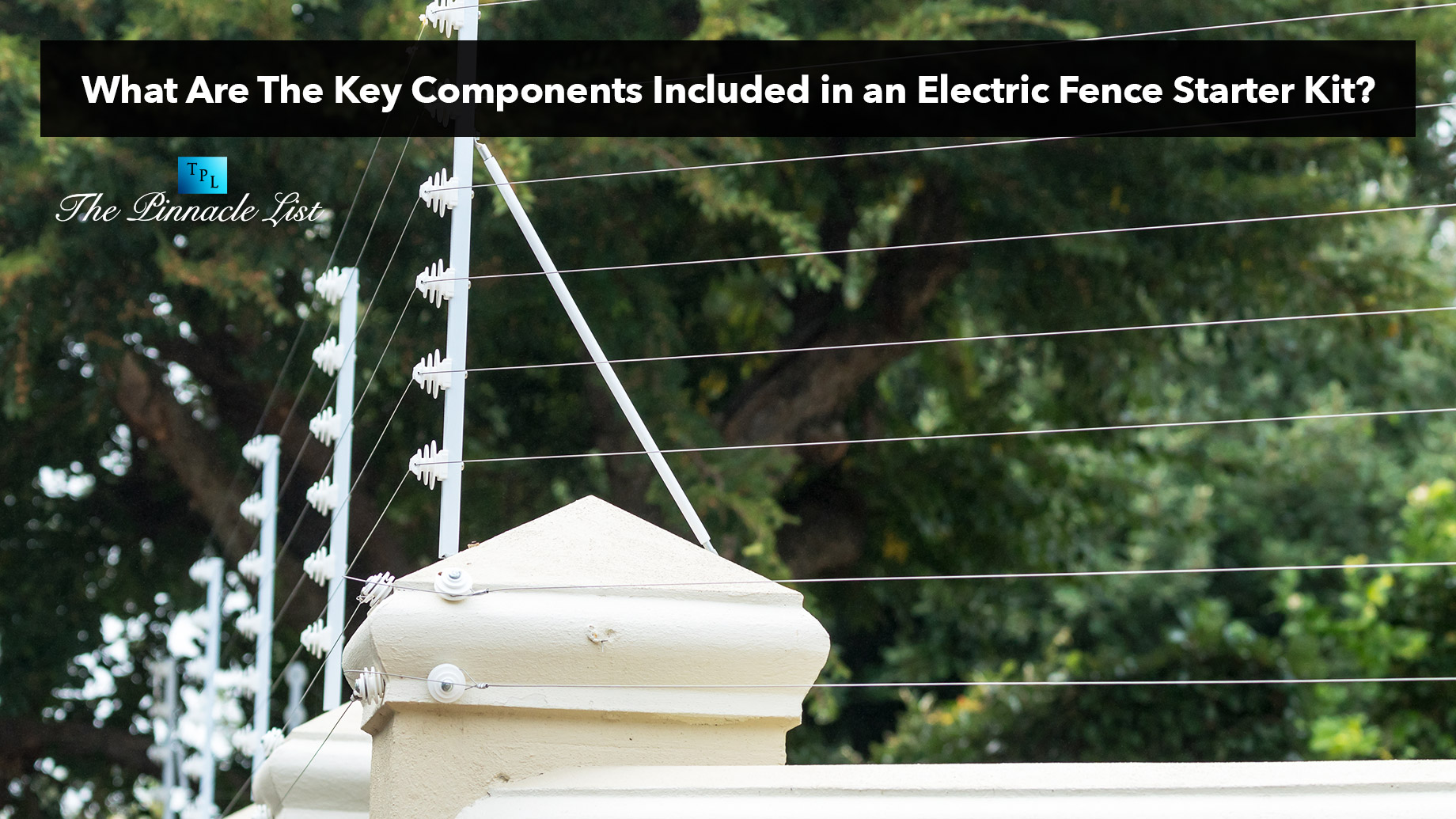
An electric fence starter kit is an excellent option for those seeking an effective solution to contain livestock or enhance property security. These kits are designed to include all the essential components needed to set up an electric fence system quickly and efficiently. A typical kit will include an energizer, insulators, wire or polywire, grounding rods, and necessary connectors. Additionally, some kits may come with installation tools and step-by-step guides to assist beginners.
For those new to electric fencing, opting for a comprehensive kit such as a Jono & Johno electric fence starter kit can simplify the process. With everything included, users can avoid the hassle of sourcing each component individually. This can be particularly advantageous for those looking to secure livestock or protect gardens from unwanted animals.
Using a starter kit not only saves time but also ensures that all parts are compatible, reducing the risk of installation errors. By following detailed instructions provided in most kits, users can set up their electric fence efficiently while maintaining safety standards.
Essential Components of an Electric Fence Starter Kit
An electric fence starter kit is a crucial investment for controlling livestock or deterring unwanted animals. Key components include the energizer, conductors, insulators, and posts.
Energizer
The energizer, also known as the fence charger, is the heart of an electric fence system. It converts electrical energy into high-voltage pulses that travel through the fence wire. Energizers can be powered by batteries, solar panels, or direct mains electricity. The power of an energizer is often measured in joules, reflecting its capacity to deliver an effective shock. Users should select an energizer with sufficient power to cover the intended area and adequately contain or repel animals.
Insulators
Insulators prevent the electrical current from grounding out and losing effectiveness. They are essential for maintaining the integrity of the electric shock along the fence line. Typically made from plastic, ceramic, or other non-conductive materials, insulators are placed where conductors are attached to fence posts. Plastic insulators tend to be more common due to their durability and cost-effectiveness. Properly installed insulators ensure that the electrical current remains confined to the conductors, optimizing the system’s performance.
Posts and Support
Fence posts provide the structural support for an electric fence. Common materials include wood, plastic, and metal. Wood posts offer robustness and durability but may require additional treatment to withstand weather conditions. Plastic and metal posts are easier to install and often come prefabricated with holes or clips for attaching conductors. Proper installation of posts ensures stability and alignment, contributing to the overall effectiveness and longevity of the electric fence system. Regular maintenance of posts and supports is vital to ensure that the fence stays operational over time.
Each component in an electric fence starter kit is integral to the system’s functioning. Ensuring that these elements are appropriately selected and installed can significantly enhance the performance and reliability of the electric fence setup.
Installation and Safety Guidelines
An electric fence setup requires careful attention to installation procedures, ongoing maintenance, and strict adherence to safety measures. Proper placement and functioning of grounding systems and other components are essential to ensure the fence operates efficiently and safely.
Setting Up the Electric Fence
Start by selecting a suitable location for the fence, ensuring the fence line is clear of excessive vegetation to reduce resistance. Install strong, secure posts at regular intervals along the boundary.
Next, attach insulators to the posts, keeping the electric current within the wires. When running the electric fence wire, ensure it is taut and properly connected to the energizer, which powers the system.
An essential part of the installation is setting up the grounding system. Ground rods should be driven deep into the earth to create a low-resistance path for the electrical current. Typically, three 6-foot grounding rods are used, connected by a single wire.
Operation and Maintenance
Regular maintenance is vital to keep the electric fence functioning correctly. Frequently inspect the fence line for any signs of damage or wear, particularly looking for breaks in the wire or cracked insulators.
Use a voltmeter to check the voltage along the fence line to ensure it remains at optimal levels. The energizer should always be operational; if the voltage drops, it may indicate issues with the grounding system or vegetation causing resistance.
Additionally, ensure the fence controller’s lights are functioning properly, giving clear indications of the fence and energiser’s status. This helps in troubleshooting any potential problems early.
Safety Measures
Safety is paramount when dealing with electric fences to prevent electric shocks. Always ensure the electric fence is clearly marked with warning signs along the boundary. These signs should be visible to anyone approaching the fence.
Avoid installing the fence parallel to power lines, as this could create dangerous interactions. If necessary, offset the fence at least 30 feet from power lines and keep the top wires no more than 6 feet high.
Never attach fence wires to utility poles, which could create hazardous conditions. Teach all individuals handling the fence proper safety protocols, such as turning off the energizer before making repairs or adjustments.
By following these guidelines, one can ensure the electric fence remains an effective and safe solution for managing livestock or securing property boundaries.
Conclusion
An electric fence starter kit includes several essential components, such as the energizer, conducting wires, insulators, and grounding rods.
Attention to detail in setup is crucial for optimal functionality.
With proper installation and maintenance, electric fences provide reliable containment and security for livestock.